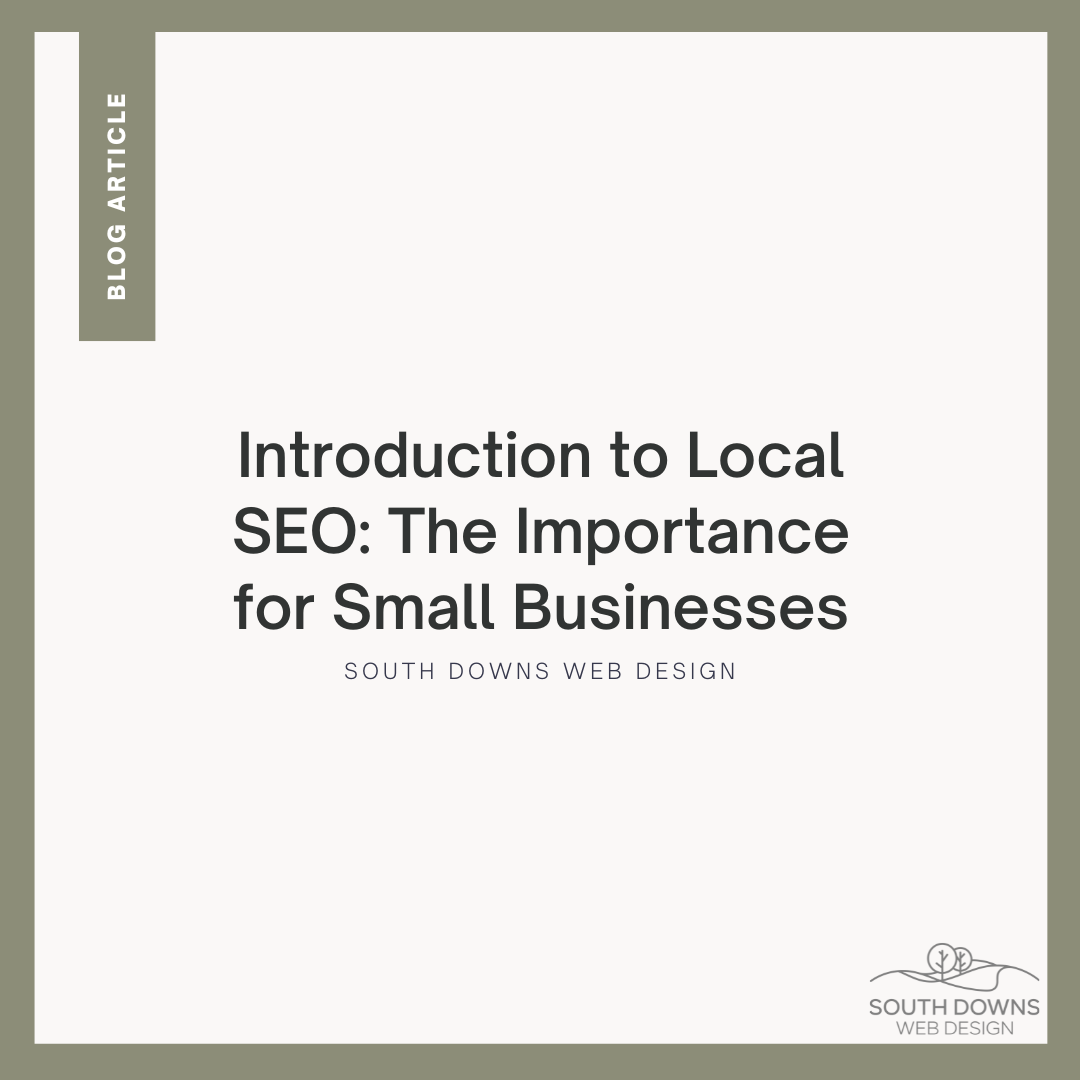Mastering Fitts' Law in Web Design: A Guide for Designers
Fitts' Law: The Enigmatic Force Behind Effortless Clicks
Have you ever pondered the peculiarities of button sizes on your beloved websites? Or marvelled at how certain icons on your phone seem tantalisingly within reach?
These design choices are anything but arbitrary; they are intricately tied to the enigmatic force known as Fitts' Law. Now, you might be ruminating, "What on earth is Fitts' Law?" This article will go through exactly what Fitt’s Law is and why you need to utilise it when designing websites.
This article is part of a series on web design psychology. Be sure to explore our related articles on Common Design Patterns, Jakob’s Law and the use of Hamburger menus in mobile web design for more insights.
The Basics of Fitts' Law
Fitts' Law, an eponymous principle coined by the esteemed psychologist Paul Fitts in 1954, serves as a predictive model for the speed at which we can point at objects. It reveals the profound truth behind why larger and closer targets are remarkably easier to click on. Picture yourself playing a game of darts; the bullseye, when larger and closer, becomes effortlessly within your grasp, doesn't it?
Integrating Fitts' Law into Web Design
But how does this relate to the realm of website design and mobile applications, you may wonder? Well, when you navigate a website or use an app, your cursor or finger becomes an extension of your intention to click on various elements. Fitts' Law asserts that the time it takes to execute such actions depends on the size and distance of the intended target.
The Psychological Impact of Fitts' Law on Web Users
Enter the virtuosos of web design and app development who skillfully employ Fitts' Law to create user-friendly experiences. They intuitively understand the significance of enlarging vital buttons and strategically placing them within easy reach. Have you ever noticed the prominent and conspicuous size of the "Add to Cart" button on e-commerce websites? Or the ingeniously positioned main buttons at the bottom of your phone screen, effortlessly accessible to your thumb? These are the subtle workings of Fitts' Law in action.
The Psychological Impact of Fitts' Law on Web Users
However, Fitts' Law encompasses more than mere ease of clicking. It also bestows on websites and applications a sense of playfulness and efficiency. By reducing the effort required to navigate through digital interfaces, users are more inclined to immerse themselves in exploration and prolonged engagement.
Fitts’ Law is not just for digital content it’s use is all around
And here's the captivating aspect: Fitts' Law extends far beyond the bounds of the digital realm. Its influence permeates everything from the design of airplane cockpits to the arrangement of a well-crafted kitchen. It stands as a fundamental principle of ergonomics, the art of designing objects for optimal human use.
The Future of Web Design Psychology and Fitts' Law
So, the next time you effortlessly traverse a website or nimbly navigate through an app, take a moment to marvel at the hidden brilliance of Fitts' Law. It quietly shines as the unsung hero of user-friendly design, ensuring your digital encounters flow as seamlessly as a gentle breeze. Isn't it astonishing how a seemingly simple rule can wield such profound influence over our daily lives? And who knows? Armed with the knowledge of Fitts' Law, you may discover novel ways to enhance your own digital spaces. After all, as the visionary Steve Jobs once proclaimed, "Design is not just what it looks like and feels like. Design is how it works." And Fitts' Law, my friend, plays a pivotal role in making it work flawlessly.
If you have more questions about applying Fitt’s Law to optimise your website, take a look at these frequently asked questions:
-
Fitts' Law is a principle from human ergonomics that predicts the time required to rapidly move to a target area, such as a button or control. It’s crucial in web design because it helps designers optimise websites and apps for faster and easier navigation, enhancing overall user experience.
-
To apply Fitts' Law, consider increasing the size of important buttons, reducing the distance a user's mouse or finger needs to travel to reach them, and placing interactive elements in areas easily accessible to users, such as the centre of the screen or along the sides where mouse travel is less.
-
Absolutely! In mobile app design, Fitts' Law can be used to determine the placement and size of touch targets like buttons or swipe gestures. Placing these elements within thumb’s reach, especially on larger screens, can significantly enhance usability.
-
A common mistake is not considering the edge of the screen as a functional area, which actually allows for infinite width according to Fitts’ Law, making it an ideal place for frequently used controls. Another error is overcrowding interfaces, which can reduce target sizes and make precise clicks harder.
-
Understanding and implementing Fitts' Law encourages designers to be mindful of how interactive elements are organised and scaled, leading to more intuitive and efficient designs. This holistic view can improve user satisfaction and engagement across all digital platforms.
Reference Websites for Further Reading about Fitt’s Law.
Nielsen Norman Group - Provides extensive insights into how Fitts' Law can be applied to user interface design, supported by research and case studies.
UX Collective - Offers a detailed examination of Fitts' Law with practical advice on how to implement its principles in digital design.
Smashing Magazine - Discusses how Fitts' Law can be reinterpreted and applied specifically to mobile interface design, a crucial read for mobile UX/UI designers.
Interaction Design Foundation - Offers comprehensive educational materials on Fitts’ Law, covering theoretical basics and practical application in various design contexts.
A List Apart - Explores techniques to make interactive elements like buttons more user-friendly by effectively applying Fitts’ Law, ideal for web developers and UI designers.
Check out my other articles on Web Design Psychology:





